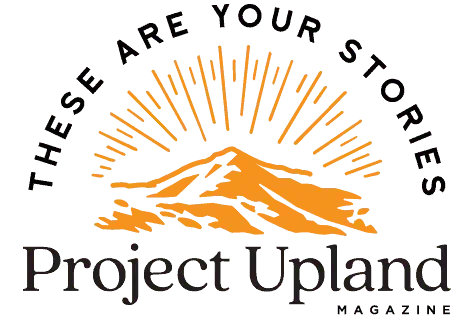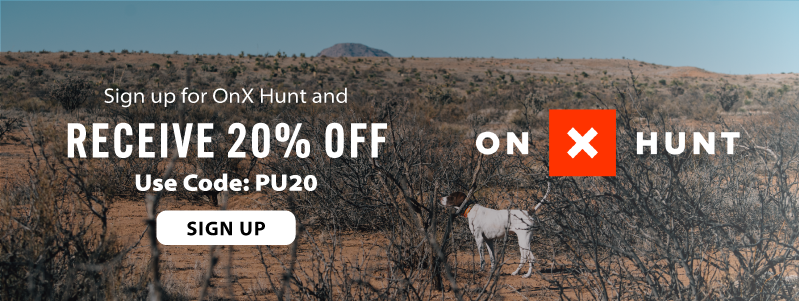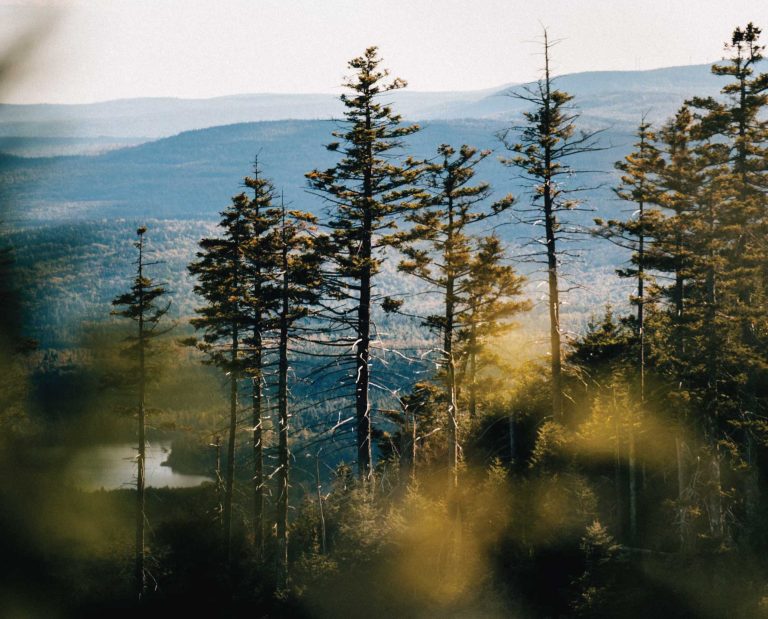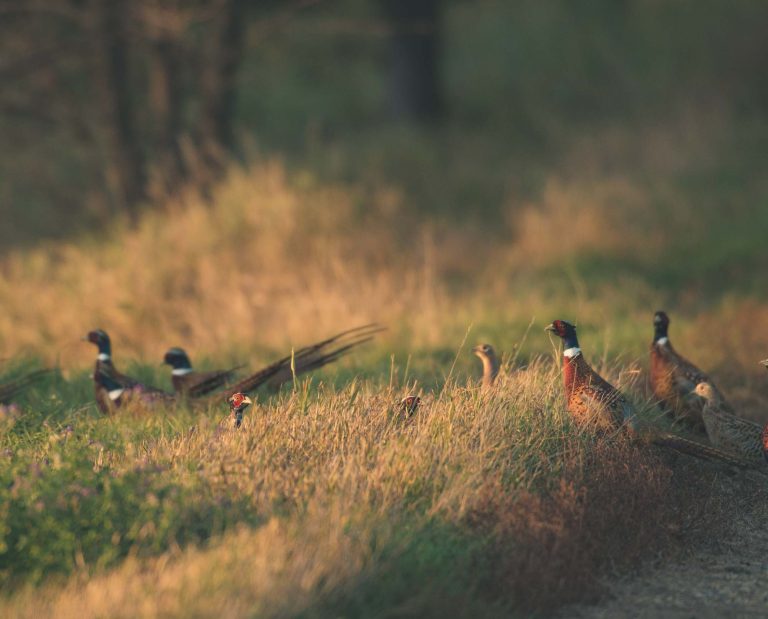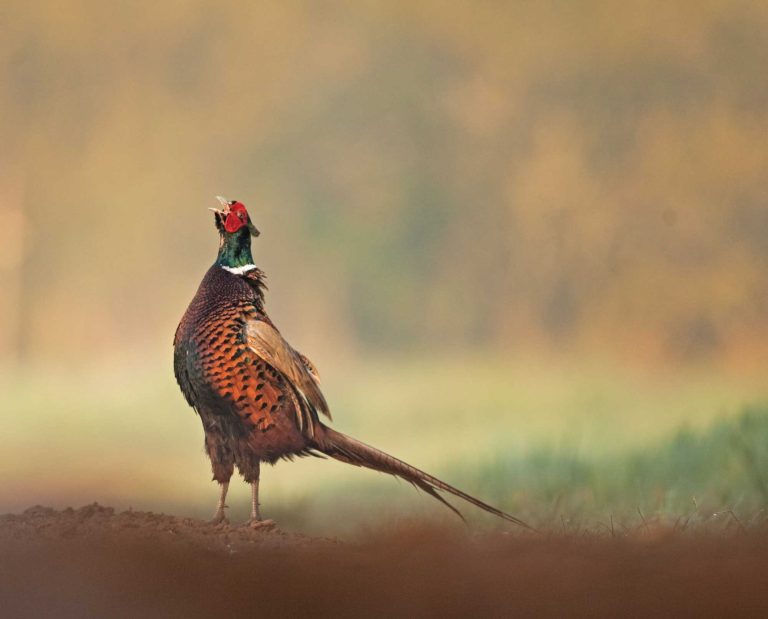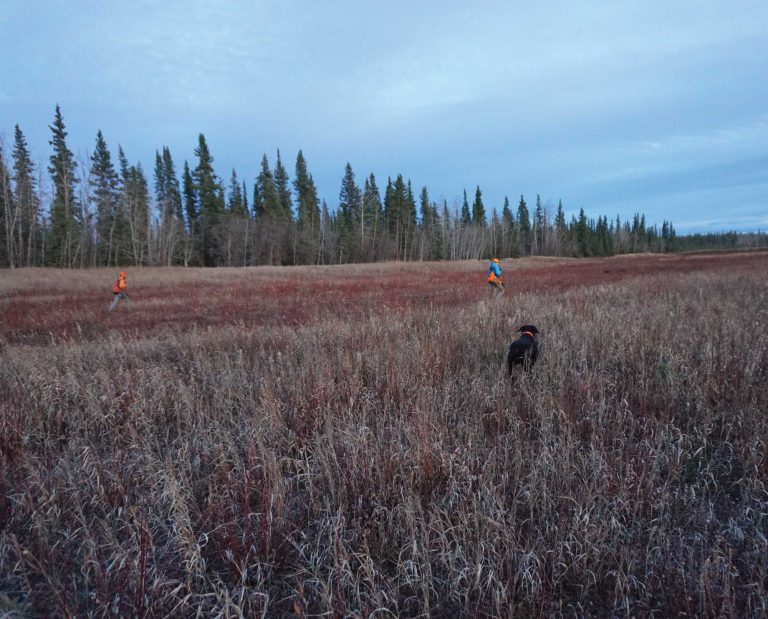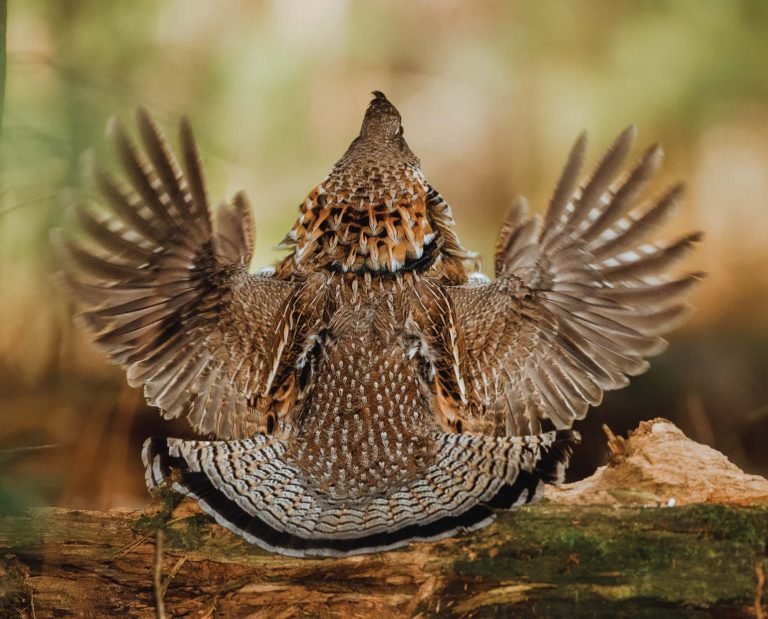Can We Stop the Decline of the Ruffed Grouse?

The future of ruffed grouse and the health of North American forests are at a critical point
An issue has been popping up in news feeds more frequently. It continues to happen in different states, and it’s a very troubling trend. Not that it’s necessarily a new problem – biologists have been warning about it for years. And yet, here we are. What issue are we talking about? The fact that ruffed grouse populations are in decline across much of their range. In this post, we caught up with several biologists with Ruffed Grouse Society to examine the issue and see what we can do about it.
States ‘warning lights’ are blaring for the ruffed grouse
There are a few layers to this discussion. Each state maintains a State Wildlife Action Plan, which identifies species that have low or declining populations as Species of Greatest Conservation Need (SGCN). This is essentially the first “warning light” in terms of species conservation, and it is designed to reduce the need for listing under state or federal mechanisms. As of the 2015 updates, ruffed grouse were listed as a SGCN in eighteen states, many within the birds’ historic wheelhouse (including most of the New England area).

In addition, most states have their own systems for state endangered or threatened species. You’ve probably heard by now that ruffed grouse have been proposed for state endangered listing in Indiana. Other states are likely to follow if current trends continue. Although the ruffed grouse is not currently listed under the Federal Endangered Species Act of 1973, it may be trending that way. The North American Breeding Bird Survey indicates a long-term population decline since 1966.
Some states have been battling with emergency closures of hunting seasons out of concern for the grouse population. For example, New Jersey closed its 2019 season statewide due to documented population declines. Ohio has also proposed a much shorter 2020 season with a lower daily bag limit.
Why are ruffed grouse populations declining?
Globally, we are facing a biodiversity crisis, and much of it is due to loss of habitat. That’s also the case for ruffed grouse. Increasing urban/agricultural sprawl and declining rates of forest management have resulted in unnaturally single-aged forest with little structural diversity. This leaves wildlife that need diverse forests (including ruffed grouse) in a lurch. There’s a general understanding that ruffed grouse need young forest. This is certainly true. But it’s also true that they use forest patches of many different ages and structural types throughout the year to meet food and cover requirements. A diverse healthy forested landscape is thus important to maintain populations.

I reached out to Linda Ordiway (RGS Regional Biologist for the Mid-Atlantic, Southern, and Appalachian states) about this and she indicated, “Forest ecosystems are dynamic and continued disturbances across a landscape are necessary to provide the variability .” Sustainable forest management approaches help to create forests with the right composition and age diversity. Timber harvests create good wildlife habitat in addition to the economic upside realized from sale of timber. Unfortunately, Ordiway also noted that there has been a decline in the availability and demand for wood and wood products. If it’s not economical (e.g., because of a decline in the local forest products industry or lack of infrastructure), it’s harder for agencies and private landowners to get the habitat work done.
I also asked Heather Shaw (RGS Regional Biologist for Michigan, Ohio, and Indiana) for input on the issues in her region. She mentioned that in Indiana, this endangered listing will hopefully bring attention to the issue and lead to a pro-active recovery plan and resulting management. Ohio’s grouse population is also experiencing a steep decline very similar to Indiana, according to Shaw.
Without enough high quality habitat, grouse are not as responsive when threats (e.g., diseases, weather events, etc.) occur. This is why populations have declined over the last 25 years, just as urban sprawl has increased and forests have lost natural diversity.
How the Ruffed Grouse Society and partner efforts are pushing back
The Ruffed Grouse Society has taken a strong stance on these issues. According to Shaw, “RGS has emphasized that extirpation of this species is virtually inevitable unless our forests are managed with sufficient intensity across the landscape.” Where data and monitoring indicate it is warranted, RGS has supported season closures and listing ruffed grouse on the state level. But that support comes with a critical caveat that environmental reviews for future projects in these states should favor active forest management. Without that, the threat won’t go away. Additionally, Brent Rudolph (RGS Chief Conservation & Legislative Officer) mentioned that RGS seeks to collaborate on recovery plans for grouse to restore enough habitat and reverse course. He also noted that RGS stays active in the American Wildlife Conservation Partners coalition, advocating for these issues across party lines in Washington, D.C.
Coordination among different parties is necessary to address this issue. Shaw noted that, “various game and non-game conservation organizations all need to understand that managing forests for ruffed grouse is equally beneficial for white-tailed deer, wild turkey, songbirds, etc.”
We are watching this issue unfold already in states like New Jersey, Indiana, and Ohio. The question then becomes how do we stop other states throughout the grouse range from following down the same path. For example, we know what habitat types grouse need throughout the year. How do we shift to create more of these habitats?
Forestry management for sustainable forest biodiversity and health
One of the biggest obstacles is public perception and misconceptions about forest management. Managing forests by sustainably cutting trees is not deforestation. When trees are harvested as part of a sustainable forest management plan, new trees spring up and that young forest grows on. Ben Jones, CEO of the Ruffed Grouse Society points out, “trees are a renewable resource and sound management leads to improved habitat and wood products. Those products in turn support conservation work and local economies. This is the true definition of conservation – protection through wise use – and it is the only way we will maintain healthy forest wildlife. We need to make sure people understand that connection.”

Many flora and fauna thrive in young, regenerating forests. Without active management to provide that opportunity, habitat will continue to degrade and species will decline to the point of state and even federal listings. Ordiway noted that this situation will be “the result of a conscious decision not to manage …Who will accept accountability for that decision?”
So what can you do? Become an advocate for healthy and continuous forest management, and explain those benefits to others. Reach out to your legislators and tell them you support active forest management through your state or federal agencies. The Ruffed Grouse Society periodically lets you know when important policy decisions are being made, so stay educated and provide comments on new plans and proposed projects. And if you don’t already do so, support any local timber harvesting or forest product industries as much as you can. For example, roughly 84% of forestlands in Ohio and Indiana are in private ownership – if more landowners allow timber harvests on their properties, the potential habitat benefit could be meaningful. The million-dollar question is whether grouse populations will rebound with those efforts. But we can already see the answer if we choose to do nothing.
